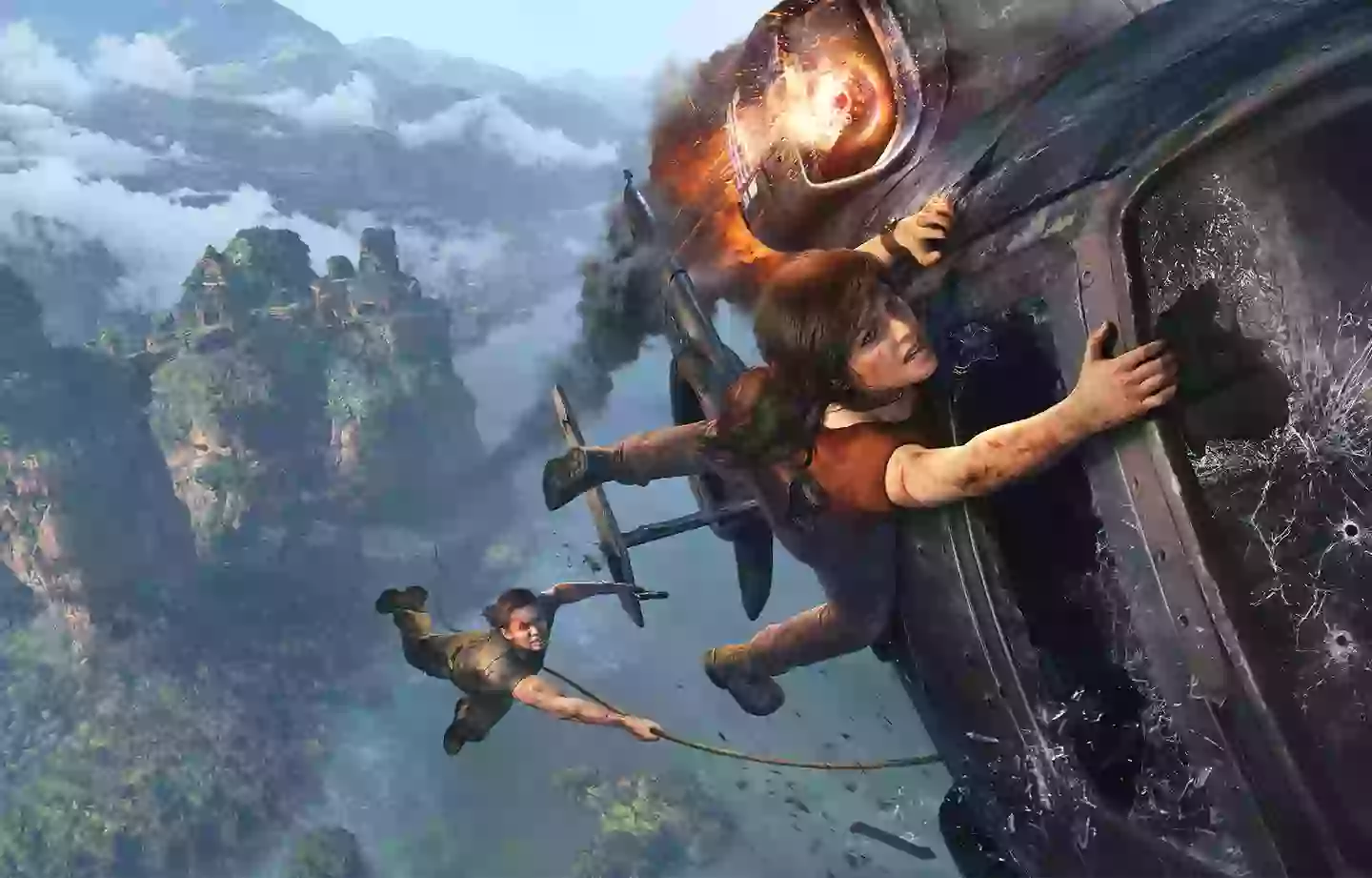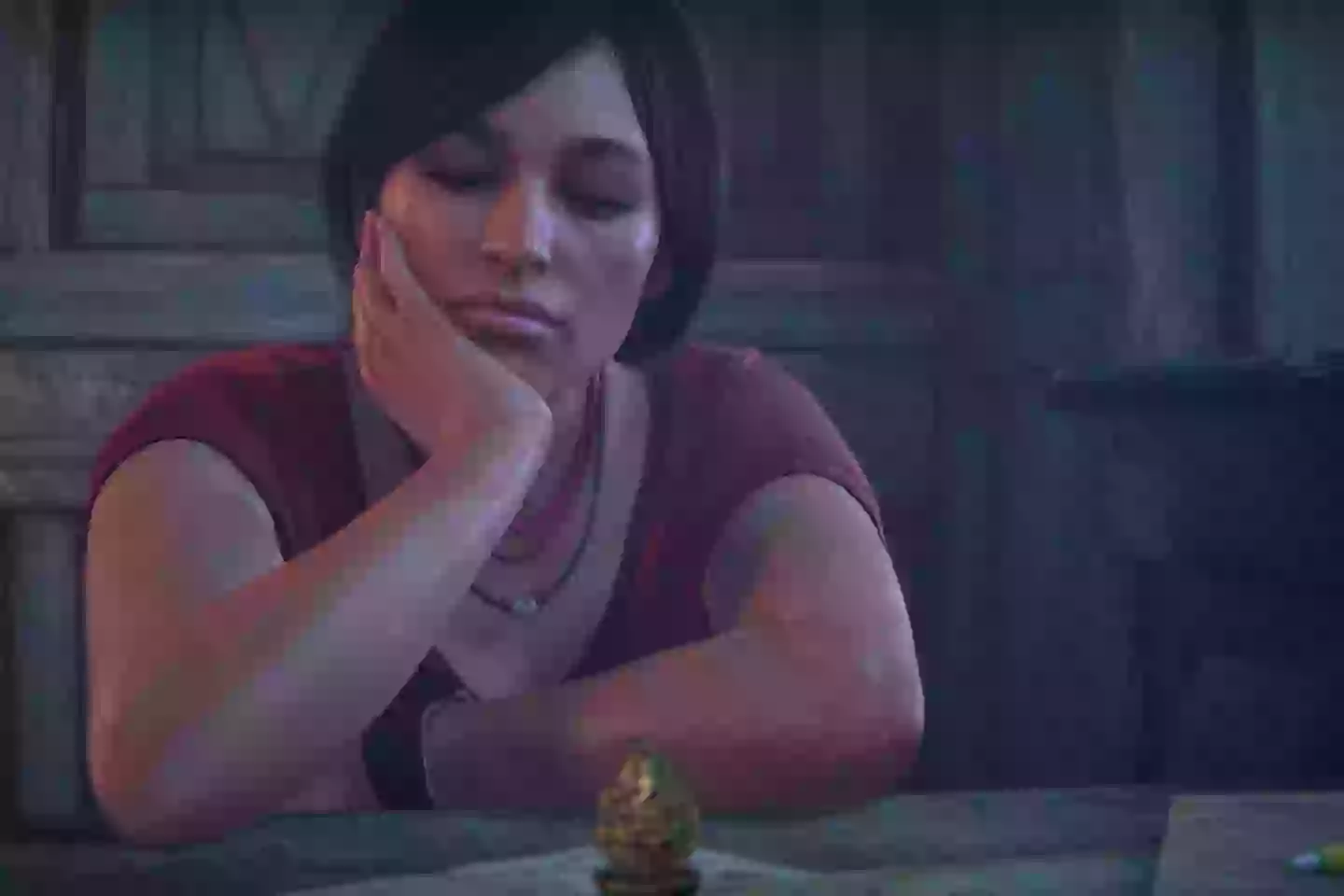
Face it, you can’t avoid Uncharted for the foreseeable future. With the Tom Holland fronted film adaptation just around the corner and the Uncharted: Legacy of Thieves Collection installed on many of our PlayStation 5s, Nathan Drake is making a comeback … albeit after a very brief hiatus. Legacy of Thieves felt somewhat unnecessary at first given that neither Uncharted 4: A Thief’s End nor Uncharted: The Lost Legacy are particularly old games – and both were praised for their visuals upon release. That being said, as Ewan Moore pointed out in our review, Legacy of Thieves does add “an extra shine to an already gleaming treasure,” but as much as I’m a sucker for photorealistic graphics, there’s something more important that these remasters bring to light.
Uncharted has a future. That was hardly ever in doubt given its success, but just recently The Lost Legacy’s creative lead Shaun Escayg confirmed as much. Speaking to GamesRadar+, he said “Uncharted is a franchise we love – that the studio loves … It’s a world we want to see more of, so I can certainly say that”. The question is, what would an Uncharted 5 look like?
Why not refresh your memory of Uncharted: The Lost Legacy's story right here.
Plagued by the knowledge that it was originally intended to be a DLC, The Lost Legacy has always been treated as such – lesser than its franchise counterparts but undeservedly so. Sure, I’ll admit the game takes inspiration from its predecessors (namely that Uncharted 2: Among Thieves train sequence) but The Lost Legacy just executes every element better and is a clear indication of what the future of Uncharted should look like – a truth that I’m hoping the Legacy of Thieves version might finally bring to light.
Advert
Despite its simplicity, the shoot-and-cover style of Uncharted: Drake’s Fortune still holds up as enjoyable today but naturally, we have seen the franchise’s gameplay evolve over time. Building upon the success of Naughty Dog’s stealth heavy The Last of Us, Uncharted 4 added long swathes of grass and the ability to mark enemies. The Lost Legacy then one-upped its predecessor thanks to the addition of a very handy silenced pistol which was only previously available in Uncharted 4’s multiplayer mode. The Lost Legacy’s NPCs aren’t dumb either. Nadine will helpfully assist you in tagging enemies during stealth - and be careful where you park your jeep. Asav’s insurgents will notice it and investigate.
It all equates to the fact that you’re able to tackle each combat situation with far more variety and skill, which is undeniably more fun than speed running with guns blazing - although that’s still an option should you so wish. You do you, but by forcing you to use the terrain and location to your advantage, The Lost Legacy improves upon the franchise’s narrative immersion. This is also possible thanks to the use of a semi-open world.

The Lost Legacy is the first Uncharted game to toy around with the idea of an open world, even if it is on a limited scale – and no, driving around a virtual Madagascar in Uncharted 4 admiring the scenery doesn’t count. The Lost Legacy introduced purpose with the optional hunting of Hoysala tokens in the game’s ‘The Western Ghats’ chapter. It’s the first time I’ve certainly felt any kind of autonomy when playing Uncharted. You sense the thrill of the characters as you wonder what awaits you at the point you’ve chosen on the map, tackling your latest puzzle in the hopes of unearthing an unknown treasure. It’s not something you’re doing because the story demands it. ‘The Western Ghats’ is one of The Lost Legacy’s strongest chapters and a clear indicator of how successful an open world Uncharted game could be if it balanced the main story with interesting side objectives like God of War or Spider-Man.
Advert
Whilst gameplay and design are hugely important, The Lost Legacy’s use of character really sets it apart. Don’t get me wrong, Nate is great and a huge part of the reason I adore Uncharted, but his saga is wrapped up. Nate’s moral intentions were never in doubt. He’s the archetypal good guy through and through. Chloe? Not so much. Refreshingly, The Lost Legacy plays around with moral ambiguity. Chloe is untrusting and happy to manipulate those around her – even if it is ultimately with good intentions. Her betrayal of Nate in Uncharted 2 may have been a cover, but it shows that Chloe is happy to temporarily become the villain to reach her goal. That’s not a side we saw from Nate. Likewise, Nadine and Sam share Chloe’s murky morals creating a version of Uncharted that isn’t quite so squeaky clean – which in turn, opens narrative possibilities.

To match that, The Lost Legacy needed a strong villain. Whether it’s Katherine Marlowe’s penchant for torture or Zoran Lazarević’s blasé attitude towards killing, Uncharted has never been short of dastardly villains in search of riches and power, but that’s the problem. There’s never a why. Enter Asav. Asav does want the Tusk of Ganesh for its value but it’s this newfound wealth that will allow him to purchase a bomb – blowing up innocent civilians and inciting a civil war. There’s only so many times we can enjoyably digest a race-to-get-rich narrative. Asav’s motivations and plans add a sense of urgency into play that we haven’t seen in the franchise before. There’s just no way we can let this guy win. Had Uncharted 4’s Rafe Adler won, we’d simply have had a slightly richer rich prick.
By overhauling the franchises take on stealth, character and the scope of the world, The Lost Legacy was able to produce Uncharted’s best set pieces to date – something that Uncharted 4 was lacking in, especially given its length. Naysayers, I hear you. From shoot-outs atop a moving train to chase sequences through rapidly crumbling environments, we’ve seen these feature in the franchise before but there’s no harm in paying homage and taking inspiration. After all, Uncharted largely came into being thanks to the inspiration it took from Indiana Jones, Gears of War and kill.switch.
Advert
The Lost Legacy’s rain-drenched opening chase sequence through a war-torn India stirs much more excitement than watching Nate run across the deteriorating bridge of an ancient civilisation for the umpteenth time. The Lost Legacy ups the stakes and nowhere is that increased danger and urgency more evident than in the game’s triple threat finale which involves a car, a train, and a helicopter – providing for equal amounts of stress and fun. If Nathan Drake’s four-game tale is Uncharted’s coming-of-age, The Lost Legacy leads us into the chaotic era of adulthood. The game is a wealth of inspiration, and The Lost Legacy deserves to be the jewel in Uncharted’s proverbial crown.
Topics: Uncharted, Naughty Dog, Sony